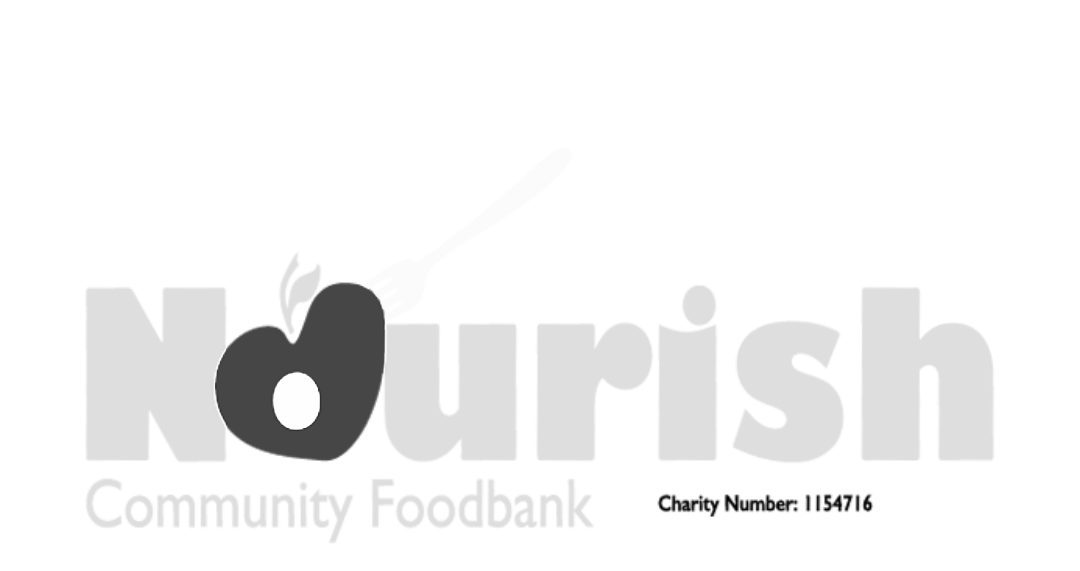Happy New Year!
New Year – and a new tax regime
MTD?! Does this mean “More Tax Demands”? Yes, most certainly! Will it mean “My Tax Diminishes! I’ll let you answer that one!
MTD, Making Tax Digital – this is The Revenue’s present to us all – and it’s not one you can take back to the shops and exchange!
According to the policy paper published by HM Customs and Excise in July 2017 Making Tax Digital will “make it easier for individuals and businesses to get their tax right and keep on top of their affairs – meaning the end of the end of the annual tax return for millions.”
If that sounds like good news please beware. My article published on the 2nd October 2017 and available on the website discussed the pitfalls of MTD and its application to personal tax returns. And that didn’t even touch on the issue of dynamic tax coding – one I will save for a later article.
MTD will affect the way we report practically every tax; for VAT registered businesses this may come sooner than you think. Draft VAT regulations, and a notice to require taxpayers to comply with MTD reporting, were released for consultation on 18th December 2017, with a deadline for commenting set at 9th February 2018. This consultation period fits neatly over the busiest period for accountants and tax advisers, thus reducing the likelihood of detailed feedback from those who will be at the sharp end of the MTD regime, but I’m sure that is just a coincidence.
One of the main issues surrounds functional compatible software as only such software will be able to submit VAT returns under MTD. The HMRC portal for submitting VAT returns does not meet these standards. This means that companies using spreadsheets or other non-compliant software to calculate VAT and upload it to HMRC through their portal are not going to be MTD compliant. And we have till the 9th February to make sure the Revenue understands the further pressure this will put on small business.
MTD is one of the biggest changes in tax reporting in the UK for the past 20 years – it’s like The Revenue are playing catch up with the digital age. I will ensure that you are kept up to date with the new regulations and please do email me with any concerns that you may have.
Wishing you all a Prosperous New Year.










